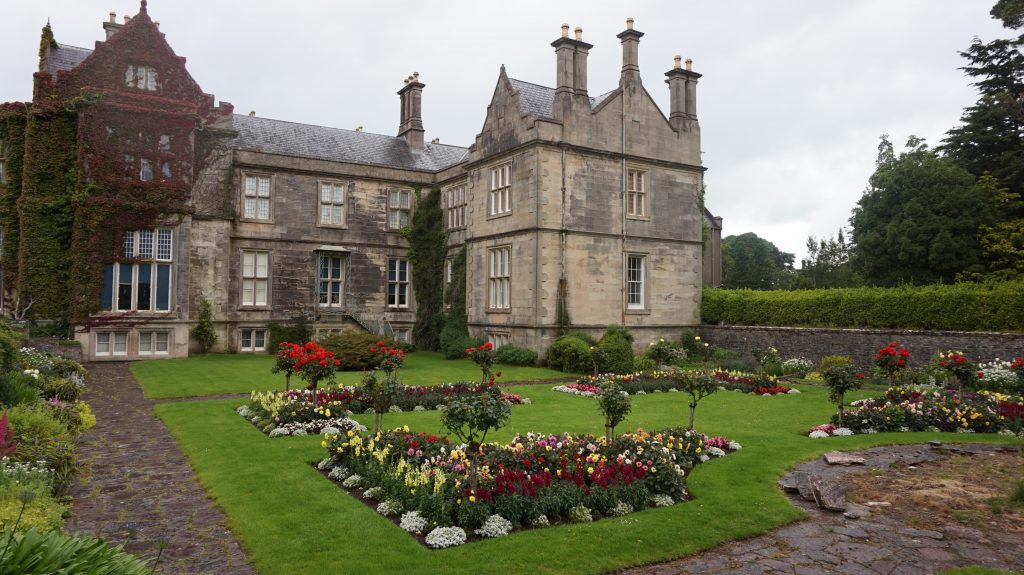One of the most thrilling and gratifying properties to buy is a listed building. Owning a historically significant structure, however, comes with a slew of challenges. There are both advantages and disadvantages to owning a listed building; read on to find out more.

What Is A Listed Building?
A listed building is one that is regarded to be of unique architectural or historic interest, as well as being of national significance.
The older a structure is, the more probable it is to be a listed building. Most buildings constructed before 1700 that are still in their original state are likely to be listed. Most structures constructed between 1700 and 1850 are likely to be listed. Buildings constructed after 1945 are less likely to be listed. Buildings that are less than 30 years old are unlikely to be classified since they are not regarded to be of significant architectural or historic importance.
Not only buildings can be listed, but so can battlefields, monuments, parks, gardens, telephone boxes, milestones, shipwrecks, and other locations.
Types Of Listed Buildings
In England, there are three categories of listed buildings:
Grade I structures are considered to be of extraordinary interest. Only 2.5 percent of all listed structures are Grade I.
Grade II* buildings are extremely significant structures of more than passing importance. Grade II* listed buildings account for 5.8 percent of all listed structures.
Buildings of outstanding importance are classified as Grade II. Grade II buildings account for 91.7 percent of all listed structures. The majority of listed buildings are Grade II.
In England, there are an estimated 500,000 listed buildings.
How to find out whether a structure is listed: Search the National Heritage List for England or other appropriate national lists of listed buildings to see whether a property is listed and if so, what listing it has.
The Pros Of Owning A Listed Building
Owning a listed building can provide various advantages and benefits:
Living in a listed building may provide a one-of-a-kind lifestyle owing to its one-of-a-kind character. Living in a castle, a Tudor farmhouse, or a big Georgian mansion, for example, might provide a one-of-a-kind living experience.
Those who live in historic structures often express a strong sense of being a part of history. They like being a part of the nation’s history and legacy by living in and preserving a listed building for the future.
Listed buildings are often located in desirable urban and rural areas that are in high demand as places to reside in any event.
Listed houses may grow in value quicker than other properties in the same neighbourhood. The availability of listed buildings is restricted, which might assist to drive up prices. As a result, listed structures may be a valuable long-term investment.
The Cons Of Owning A Listed Building
However, owning a listed building has a variety of drawbacks:
You may not be able to make any alterations to a listed structure, or you may be allowed to make only minor changes to a listed property. It may be difficult or impossible to renovate, develop, or expand a listed structure.
To make major alterations to a listed building, you will very certainly need to acquire listed building consent (or LBC, as it may be termed).
Unauthorized work on a listed structure may be considered a crime. The maximum punishment for anybody performing or causing the performance of the work is two years in jail and/or an infinite fine.
Owning a listed building entails a legal obligation to preserve and maintain it. Local governments may issue a repairs notice under Section 115 of the Town and Country Planning Act 1971 if they believe the owner of a listed building is failing to meet this requirement. In severe instances, they might even issue a mandatory purchase order.
Listed structures may need extensive care and restoration. This is owing to their antiquity as well as the nature of the materials and processes utilised to construct them.
Maintenance of a listed building, as well as any work such as renovation and extension (if permitted), will be more complex and costly. This is due to the fact that specialised expertise and construction materials may be necessary.
Insurance for listed structures is often more difficult to get. Because of the increased expenses of restoring listed buildings, insurance for them is often more costly. On the insurance implications of owning a listed property, it is essential to get advice from a specialised insurer or broker.
Listed structures are often unsuitable for contemporary life. Listed buildings may feature tiny, awkwardly shaped rooms with low ceilings or large, high spaces. They may have poor insulation and energy efficiency, making them frigid in the winter and costly to heat. It is conceivable that efforts to fix these issues will be impossible to complete.